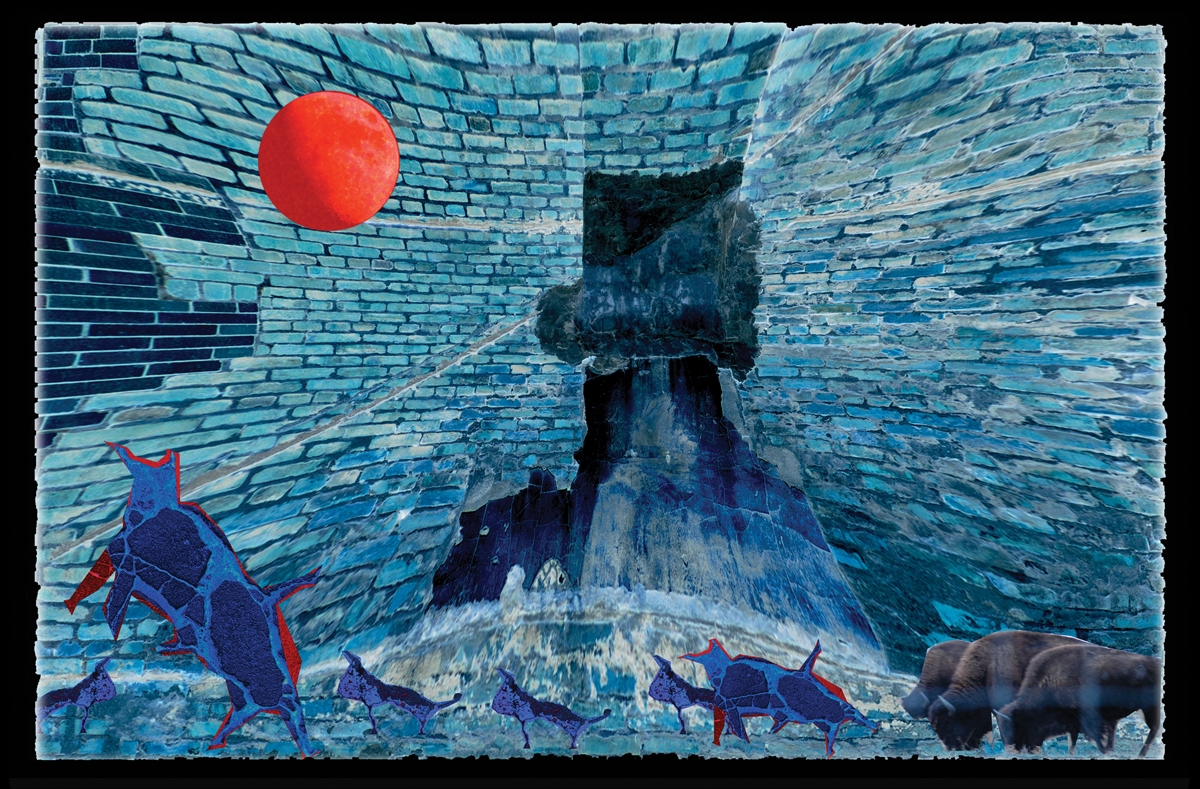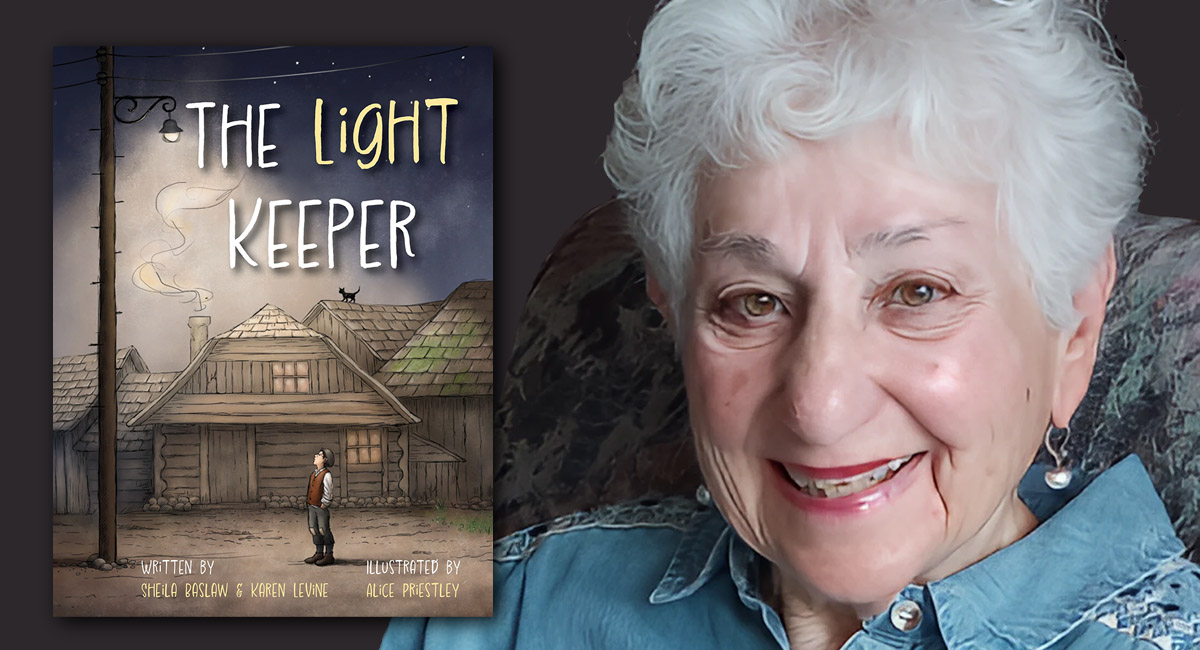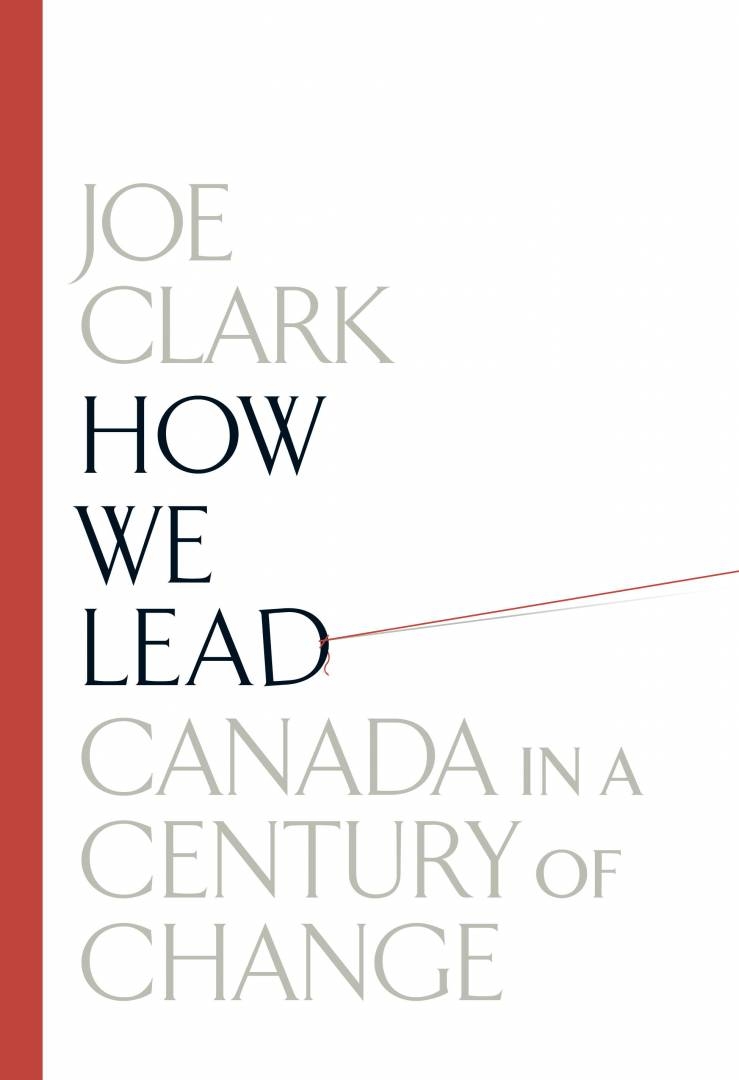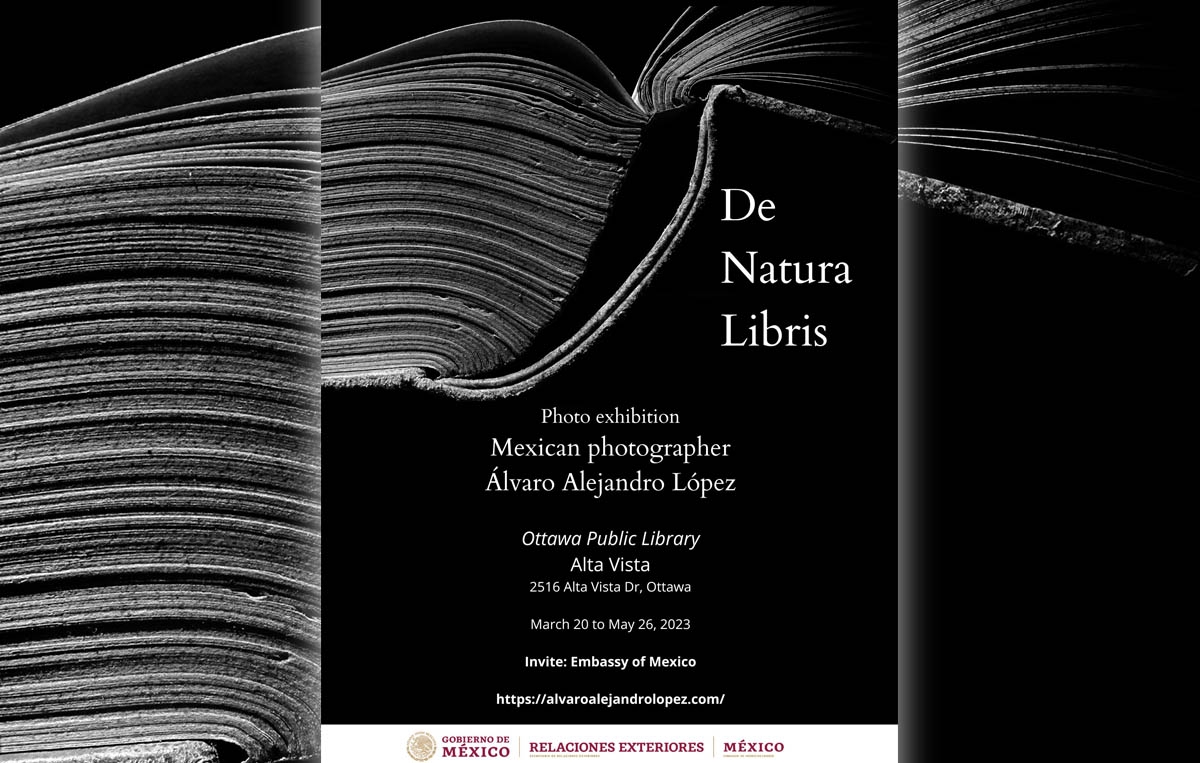
Makwa’s Return — Algonquin artist Claude Latour
Photo: Eight Fire • 60” x 40”, 2019
One may travel far away, but the beckoning of home and how it affects us is always close at hand.
For visual artist Claude Latour, this couldn’t be more true. Growing up in Ottawa, Latour reflects on how living in various blue collar neighbourhoods provided opportunities to exercise his imagination in escaping the social challenges he faced.
As I speak with him about his work at a café, local to his old stomping grounds of Eastview, now Vanier, he points out how buildings on
Beechwood Avenue contain memories and meaning for him, connecting him back to his foundational years in this city.
His own household was informed by his father’s French Canadian background and his mother’s Algonquin ancestry. His matrilineal connection to the Algonquin of Kitigan Zibi Anishinabeg First Nation (formerly River Desert), his mother’s community on the Québec side threads itself through his art.


KZ, as the reserve is colloquially referred to, is a place that provides spiritual roots for Latour and influences him as a contemporary Indigenous artist. His body of work, as he describes it, is a “tableaux of Algonquin teachings” many of which he learned on occasions when visiting the reserve with his grandmother, Marguerite Brascoupé-Budge, a traditional healer within the Kaponichin Line, Bear Clan.
As he shares, it has been his participation in ceremonies that are thousands of years old that led him to use art as a way to communicate about his experiences. He says, “I couldn’t express through words but I could express through visual aspects, which included paint, photography and video.”
Latour spent time on the powwow circuit as a traditional drummer with the Red Road Singers which brought him to Northern communities and east to Mi’kmaq territory. In these places, he broke bannock with other Indigenous peoples whose ceremonies and teachings also impacted his artistic work.
A graduate of Ottawa University’s Bachelor of Fine Arts program, Latour attended a residency at the world-renowned Banff Centre for Arts and Creativity in 2010. The residency provided an opportunity for an exchange of ideas putting Latour in conversation with other contemporary Indigenous artists, including the nationally acclaimed Dene artist Alex Janvier, known for his mural, Morning Star, that graces the ceiling of the Museum of History in Gatineau.
At this time, Latour revisited his Eastern Street Land series from 2005, which along with the Yellow House Series, will be included in an upcoming solo exhibition at the Patrick Gordon Framing.
The genesis of Yellow House Series began on Galiano Island, British Columbia, another location which over the last 13 years has given ongoing grounding for Latour, who spends time each year on the island creating in his studio there. The exhibition, titled Makwa’s Return, will focus on Latour’s new body of work which amalgamates the two series in mixed media pieces that go deeper into the influence of Algonquin culture in his œuvre.
The timing of the exhibition corresponds with the launch of Latour’s public art installation located on the west side of the canal by the new Flora Footbridge bridge.*
Named M¯osz (Algonquin for moose), the work, a bench echoing the shape of an antler, calls attention to the loss of presence of the moose and other native species to this area. Displaced by the construction of the Canal along with the human sprawl related to the pulp and paper industry, M¯osz is also a metaphor for the loss of Indigenous sovereignty of the unceded Algonquin lands of the Ottawa region. Like his cousin Simon Brascoupé, whose installation Màmawi welcomes transit riders at the Pimisi LRT station at Lebreton Flats, Latour has explored the realm of public art joining other Indigenous artists marking the urban space. These artists remind us all of the Indigenous history of the region. When asked if he is encouraged by this shift Latour offers “I like the change I see in Ottawa upon each return as it becomes a more decolonized city.” For Latour “home is always home.”
*The artist would like to acknowledge that the M¯osz commission is a mentorship opportunity offered to emerging artist through the City of Ottawa Public Art Program in partnership with third-party fabricator, Fluxworx, as part of the Flora Footbridge project. Special thanks to Matt McParland and Louwrens Strassen and as well, Adrian and Britta of Low Poly Crafts for their generous time.











